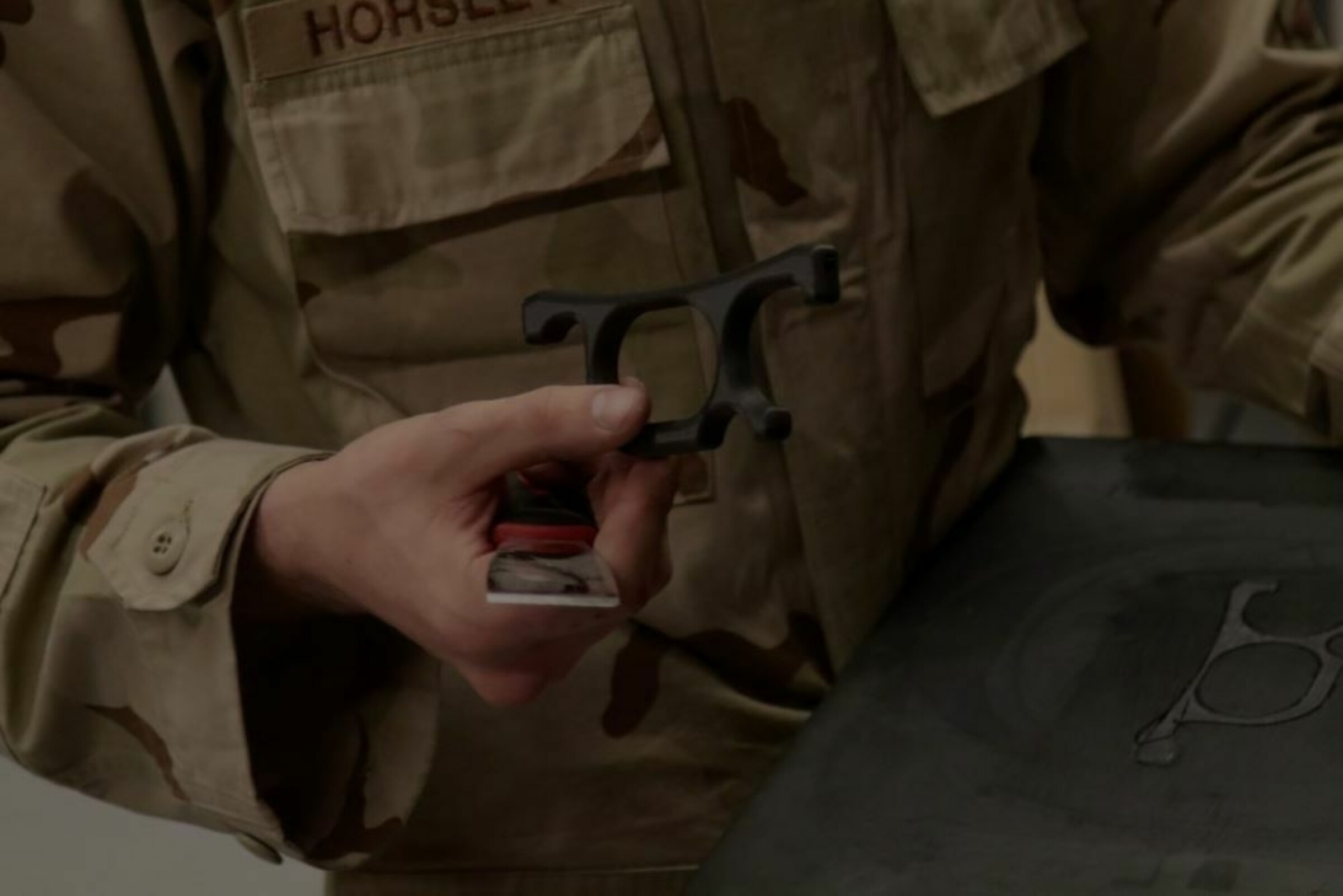
How is additive manufacturing used within the US military?
How do different branches of the US military use additive manufacturing? Here are some past and current additive manufacturing projects in the US Army, Air Force, Navy, and Marines:
Legacy parts – on-demand manufacturing at the touch of a button
What happens when aging military equipment and vehicles require parts that are too old or difficult to obtain? This is a constant problem facing all six branches of the military, and considerable time and effort is devoted to finding ways to address it.
- In 2020, the U.S. Army needed more hatch doors: devices attached to combat vehicles to improve soldiers' visibility during operations in low-light conditions. The original supplier no longer had the part in stock, and replacing it would require a three-month lead time and cost $10,000. The Army used additive manufacturing to solve the problem. Within days, two versions of the part were 3D printed using different materials at a fraction of the cost.
- The Airforce Lifecycle Management Center regularly uses 3D printing to produce obsolete parts for a range of older fighter jets, including fleets of B-52s, the massive C-5M Super Galaxy, and the B-2 Stealth Bomber.
- The Army Materiel Command (AMCOM) has been working with a team from Wichita State University since late 2020 to disassemble and scan all parts of a Black Hawk helicopter for 3D printing. Other branches of AMCOM are undertaking a similar task, evaluating 48,000 ground vehicle parts and 98,000 communications and electronics parts for 3D printing.
Less (weight) is more
It's not uncommon for a single soldier to carry between 40 and 65 kg of equipment, including weapons, ammunition, water, food, batteries, and personal protective equipment. That's a lot, especially in a stressful situation. And soldiers aren't the only ones burdened by extra weight. Increased weight in transport vehicles, aircraft, and ships can reduce fuel efficiency and impair maneuverability and speed. Therefore, the military is keen to find ways to reduce weight without sacrificing performance.
- The Army Research Laboratory is currently working on producing a range of new, lightweight vehicle parts—mounts, propulsion systems, weapons, and turret components—using additive manufacturing. For the Next-Gen Combat Vehicles (NGVC) program, lightweight metals such as titanium, titanium alloys, and hybrid ceramic tile composites are being investigated.
- Earlier this year, the Army Research Laboratory collaborated with a team at the University of Central Florida to improve the additive manufacturing of a high-strength magnesium alloy by increasing its density to create 24 microlattice structures. The material has the potential to produce lightweight mission components typically worn and used by soldiers in the field.
- After successfully using AM for several years to replace obsolete parts in older aircraft, the Air Force is now focusing on developing flight-worthy hardware for fielded military engines, aircraft, and support equipment. The Air Force is particularly interested in the increased durability and reduced weight of 3D printing with AM materials. Because less weight means more speed and lower overall fuel costs.
Request a DEMO component now!
See for yourself how strong the components are.

Bigger, Better, Faster
The military has long been interested in using AM technology to rapidly produce very large, durable parts. The need for larger parts is becoming increasingly important in the field, making it particularly useful for vehicle replacement and maintenance or short-term storage.
- Earlier this year, the US DEVCOM Army Ground Vehicle Systems Center (GVSC) launched its Jointless Hull project. As part of this project, the GVSC is developing the world's largest metal 3D printer, capable of producing single-piece hulls and other large parts for military ground vehicles. Upon completion, the massive 3D printer will be capable of printing metal parts up to 30' L x 20' W x 12' H. A smaller version of the printer is also in the works to support the larger machine.
- At the end of 2019, U.S. Marines at Camp Pendleton used quick-drying concrete to print a bunker large enough to conceal a truck-mounted multiple rocket launcher system in less than 36 hours.
- The US Army Corps of Engineers, which is in no way inferior to the Marines, developed a functional 3D printer this year that can produce shatter-proof concrete structures such as buildings, small bridges, bunkers and gatehouses in a very short time.
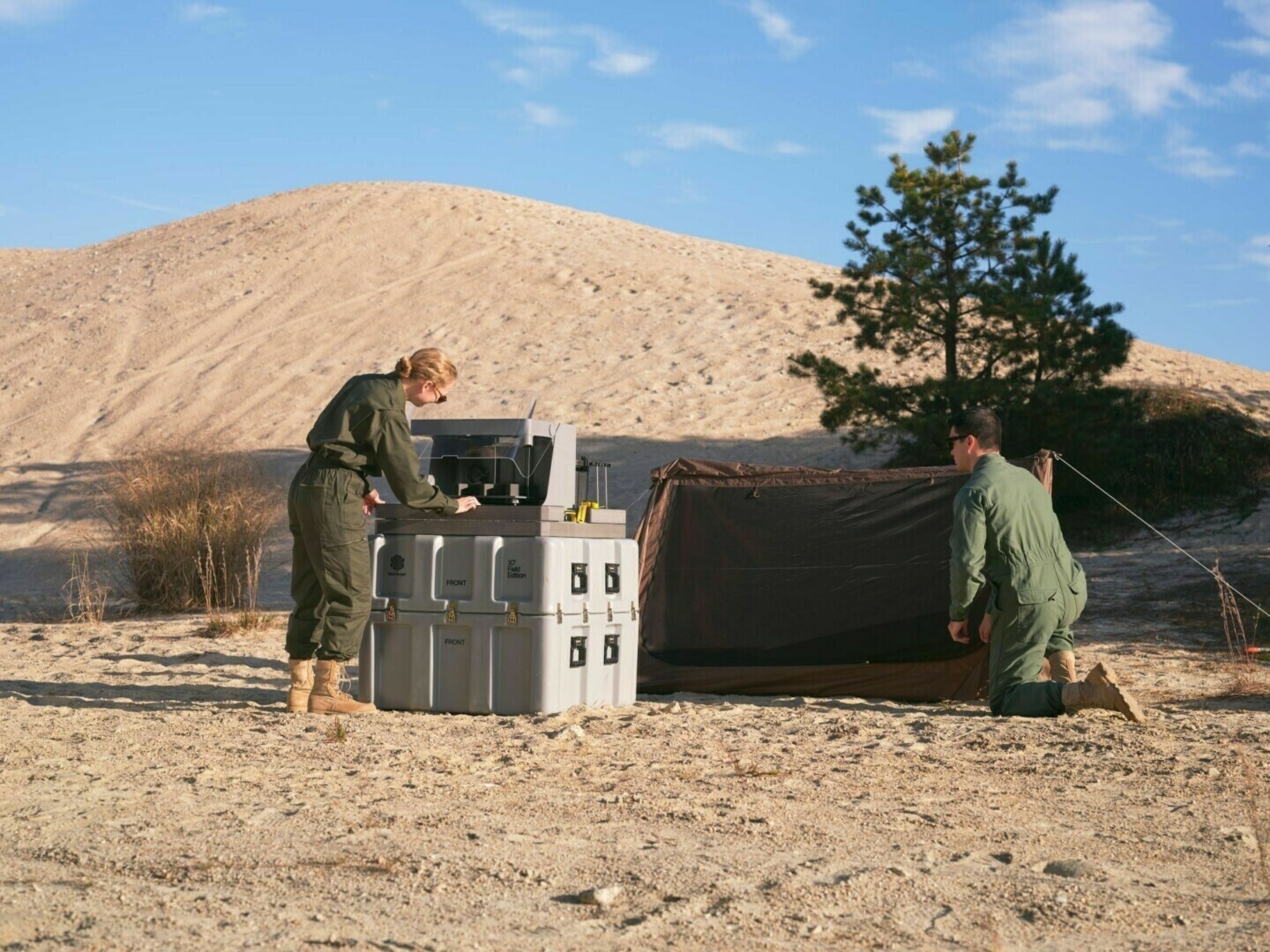
Robust, durable 3D printers can be deployed at remote locations to print parts on demand.
Bigger, Better, Faster
In an effort to move from form to function, all branches of the U.S. military are exploring more efficient and effective ways to 3D print wherever they operate, whether on board a ship at sea or at a remote base camp.
– The U.S. Navy and Naval Sea Systems Command (NAVSEA) are exploring ways to use AM to design, print, approve, and install critical or obsolete parts at sea. This will allow crews to 3D print parts and tools on demand, reducing part production costs and repair time. A recent example can be seen aboard the USS Tulsa, where Navy sailors now have access to 3D printing technology and know how to use it thanks to training conducted by the Robert C. Byrd Institute at Marshall University. Crew members were taught how to set up, operate, and maintain 3D printers. They were also trained in computer-aided design techniques and the use of precision scanners. Once at sea, they will have the opportunity to put their new skills to the test on the ship by 3D printing various components.
– Across the pond in France, the Marine Nationale (French Navy) put the largest 3D-printed metal propeller into operation on a military vessel in January this year.
– Researchers at the Army Research Laboratory (ARL) have used recycled polyethylene terephthalate (PET) from bottle and plastic scraps as a material for fused filament fabrication (FFF filament). The ultimate goal is to enable U.S. forces to use 3D printers in the field to produce replacement parts, if needed, from discarded battlefield plastic waste such as water bottles, milk jugs, etc.
* For more information about the Air Force and its use of additive manufacturing, see one of our previous blog posts, Additive Manufacturing with Composites in Aerospace and Defense.
Learn more about 3D printing with continuous fibers!
Which continuous filament is suitable for which application? How do I design correctly for filament 3D printing? What do users say about it, and where can I find more information? – You've come to the right place! We've listed several information sources that will help you get the answers you need.




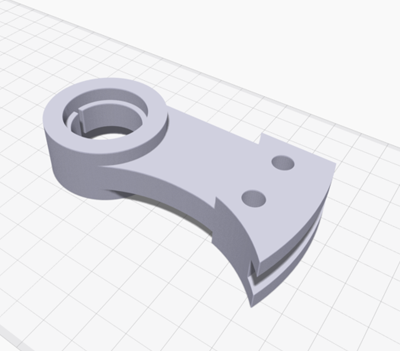
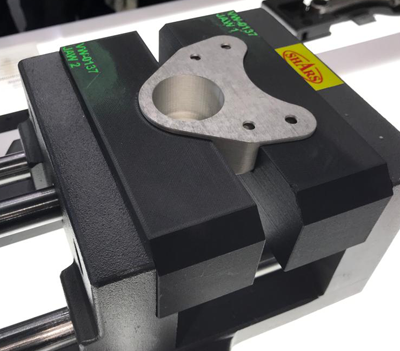
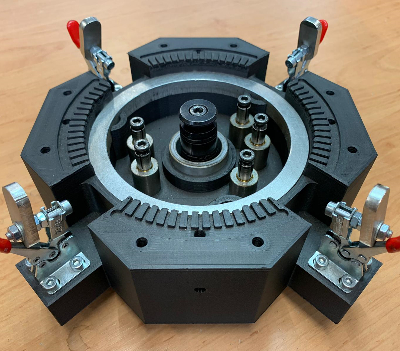
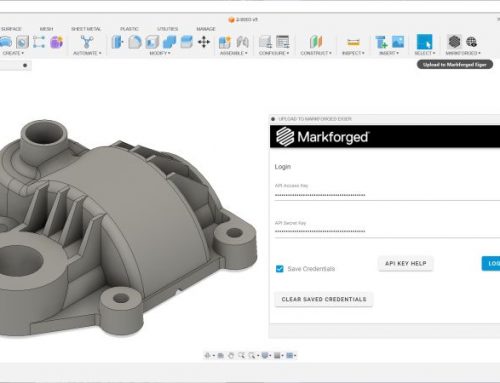
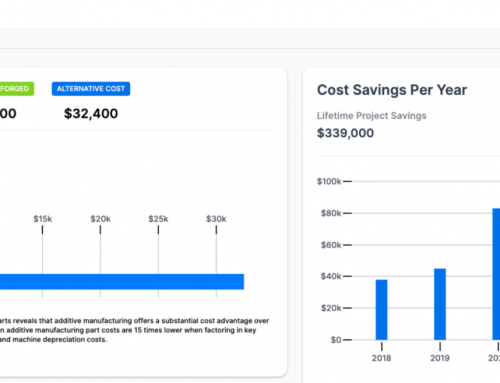
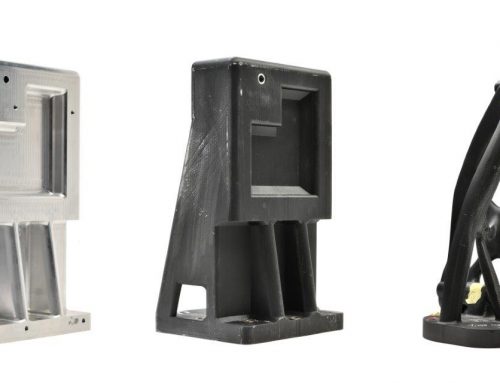
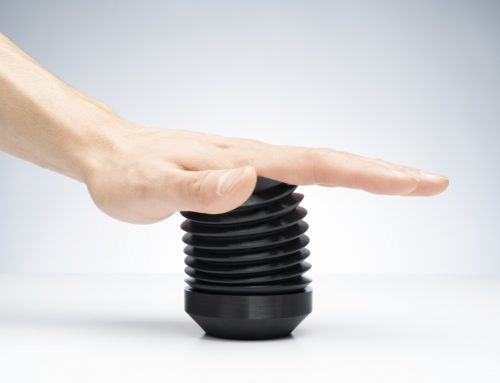
Hinterlasse einen Kommentar